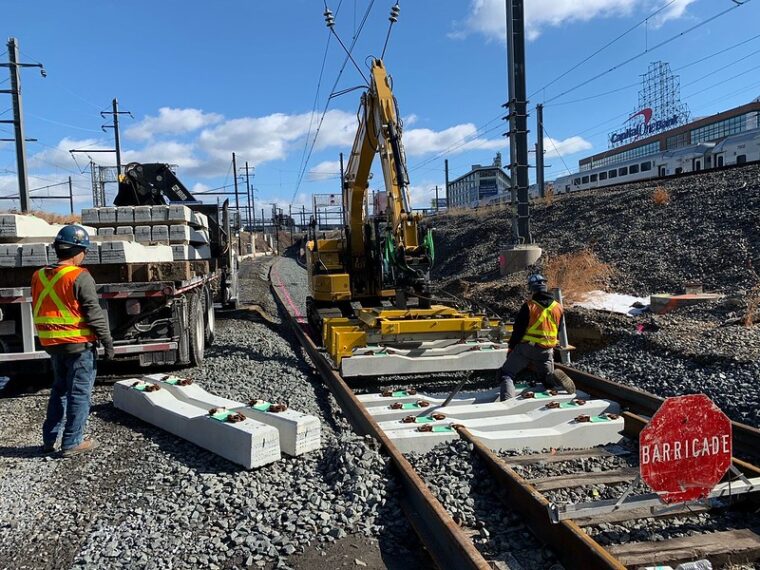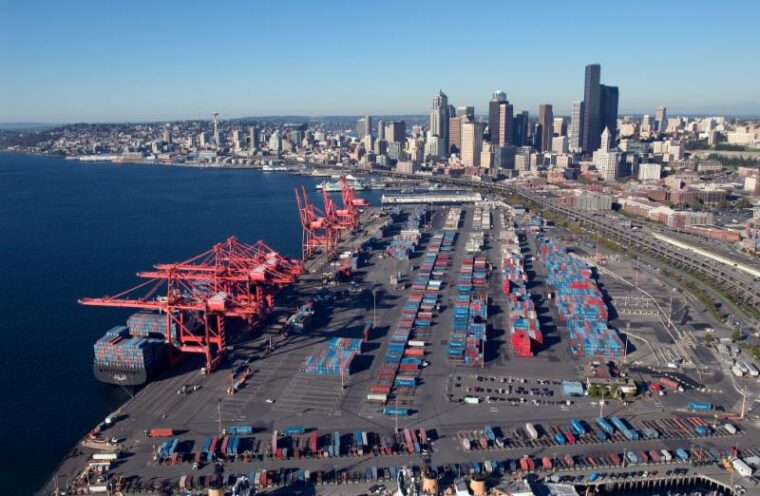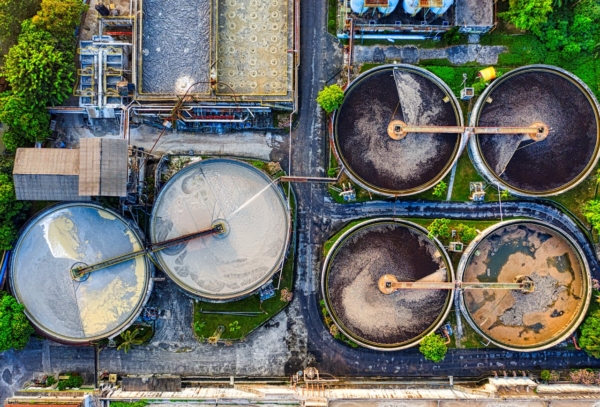Public officials rush to launch projects that connect communities, boost the economy and stabilize aging infrastructure

Recently funding has come under review for numerous government programs, however funding is still available for projects that connect communities, boost economic vitality and upgrade aging infrastructure. While current allocations are expected to be fully utilized, future funding levels may fluctuate. Because of that, many public officials throughout the U.S. are actively initiating or preparing […]






